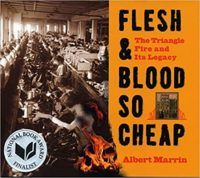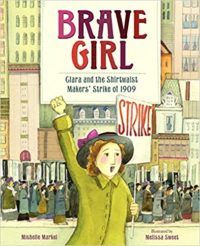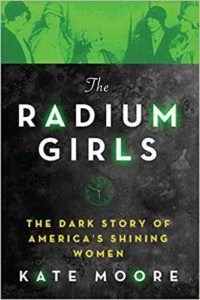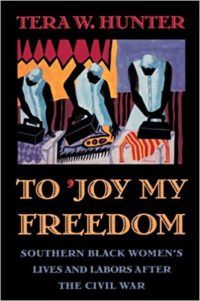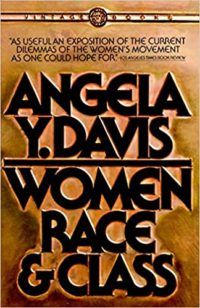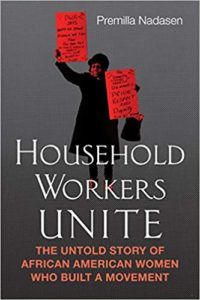Women’s heroes are everyone’s heroes! In celebration of the 100th anniversary of the passage of the 19th amendment giving women the right to vote, we read books that are by, for, and about powerful women of all ages. A pre-teen who helped discover the world’s first dinosaur bone, a young women in the early 20th century who braved the illness and death of the radium factories and fought a groundbreaking battle for workers’ rights, or teens—one black, one white—who rely on each other to survive a night of violent race riots in their city—these are the stories of remarkable women of history and resourceful everyday girls. At the turn of the century, more suffragists seemed to realize that working lower class women could be powerful allies to their movement. Harriot Eaton Stanton Blatch (daughter of Elizabeth Cady Stanton) founded the Equality League of Self-Supporting Women in 1907 specifically to recruit working women to the cause of suffrage. The name was later changed to the Women’s Political Union and led by suffragist Alice Paul. Labor activism was a necessary revitalization to the movement for women’s suffrage and arguably made it a much more pressing, vital issue to many people. Rich women started marching alongside women labor activists in order to consolidate more support for suffrage, but at the same time, there was still a yawning class divide that remained difficult to overcome. Fundamentally, the well-heeled suffragists were just not as revolutionary in their politics as labor activists. This could also help explain the rampant racism of the suffrage movement—they wanted the support of labor activists and Black women, but had no interest in major political change that would upset their societal standing. However, the inclusion of labor activists did not address the major racialized issues in the women’s suffrage movement. At the same time, Ida B. Wells and other Black women leaders were working on different organizations into suffrage because they were excluded from white suffragist organizations. Though there are exceptions to this racism in the suffragette movement, it’s impossible to talk about suffrage without talking about who they very deliberately left behind. Understanding the movement of women’s suffrage means taking in all of its successes, failures, and stagnations. Getting into labor activism and women’s suffrage is an important step in understanding how social movements towards equality should be radically inclusive. If women’s suffrage had stayed with the upper-crust leadership of Elizabeth Cady Stanton and Susan B. Anthony, they may never have made that major political gain of “universal” suffrage. Many labor activists were addressing the issue of equality writ large. If a laborer or worker does not have a political voice, they have no way to fight for better conditions and changing laws. At the same time, labor unions themselves were historically exclusionary and very racist. This is why, when women’s suffrage was granted, it was only given to white women. The U.S. federal government would not want to give the Black American workforce a political voice, especially the working women confined to incredibly unsafe conditions and domestic work. In addition to reading about women’s suffrage, I highly suggest reading about labor activism, immigration issues, and racism in the early 1900s that were swirling around with the fight for women’s suffrage. The problem with trying to bring together women’s suffrage and labor activism is that there aren’t a ton of books that address the two in tandem: they were intertwined, but in some ways stayed separate, especially after white women won the right to vote in 1920. In order to understand how they worked together, it was necessary for me to explore the history of the early 20th century widely.
Walkouts and Disasters
Black Women’s Labor Activism
Complicated Histories
Overall, there isn’t a simple answer to the issue of women’s suffrage and labor activism. They were political groups that came together for political advantage when necessary, and drifted when they disagreed or didn’t need each other. Labor activism and feminist groups continue today, and organizations like the National Domestic Workers Alliance address contemporary labor issues especially for women. Hopefully we can all come to a larger, more inclusive understanding of these diverse and messy movements to inform our organizing today.

